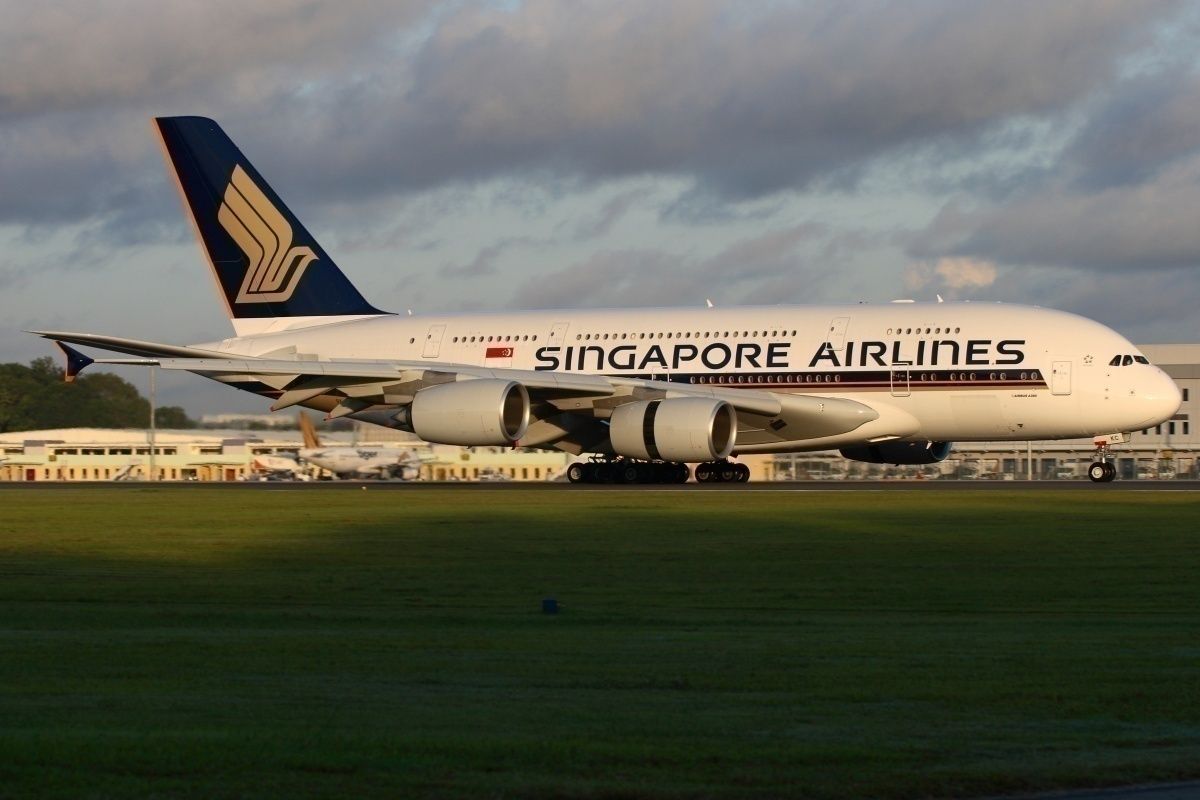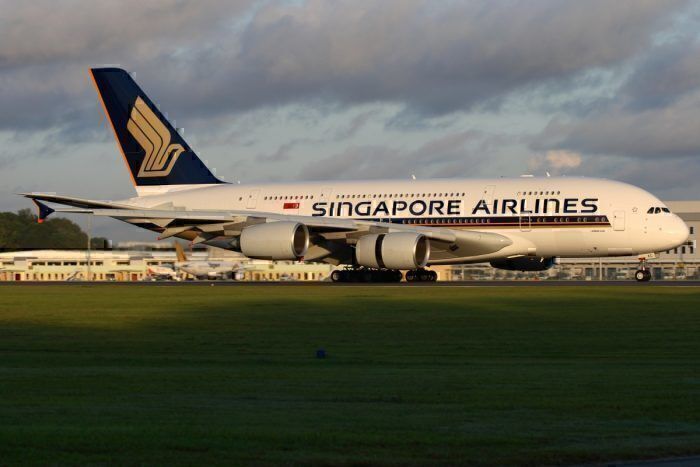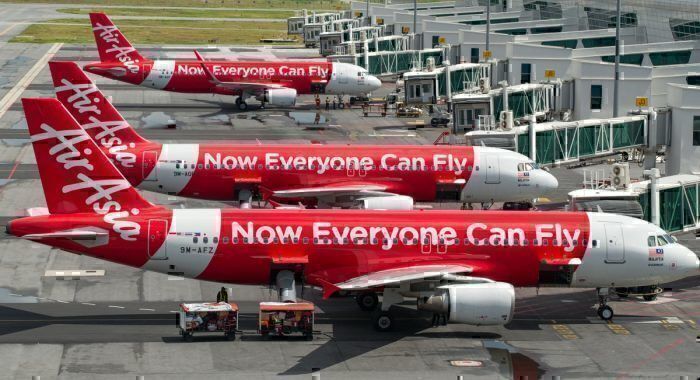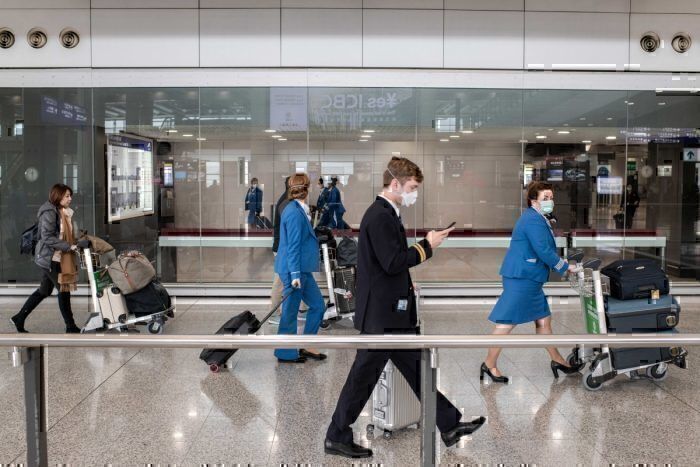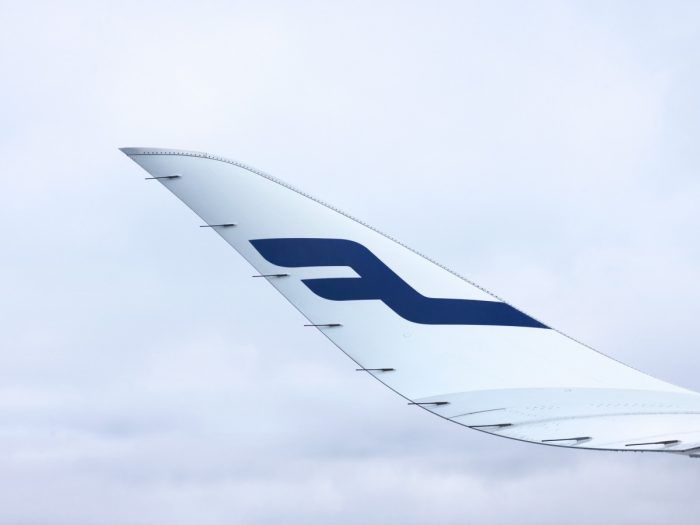We have been reporting continuously on the numerous airlines suspending their operations to China since the beginning of the coronavirus outbreak. Recently the International Civil Aviation Organization (ICAO) estimated that the entire outbreak could cost the industry around US$5bn. However, that $5bn won't be equally spread among the airlines. Some airlines will invariably feel the impact more than others.
The biggest impact will be definitely felt by the Chinese carriers as well as other airlines in East Asia. However, predicting the exact impact on individual airlines can be very difficult due to the lack of revenue data coming from the Chinese market.
We do know that carriers such as China Southern, China Eastern, and Air China offer dozens of destinations from Wuhan. These routes would clearly be most affected by the outbreak.
Capacity Exposure
Outside of China, in the East Asian region, the impact will be felt no less than in China itself. The tourism impacts of reduced Chinese travel puts $1bn in revenue at risk for both Japan and Thailand.
According to data from OAG Aviation worldwide, the airlines with the most significant capacity exposed to China are Air Macau, Cathay Dragon, and Thai Lion Air. All with close to 60% capacity exposure to the Chinese market. Air China which holds a major stake in Air Macau is also affected.
Furthermore, Air Asia X, Thai AirAsia, and Asiana Airlines have roughly 30% of their capacity exposed to the Chinese market. Airlines such as Scoot, All Nippon Airways, and Korean Air sit closer to 20%.
With Air Asia and its numerous subsidiaries and partner airlines affected, has seen its stock price fall by approximately 30% since the beginning of the outbreak.
In the United States, United Airlines and Delta Air Lines are the main carriers likely to be most impacted by the virus. However, the Chinese market accounts for less than 5% of capacity for both.
European Airlines have varying exposure to the Chinese market. Lufthansa is sits at the top with 73 connections to Mainland China per week. It may seem substantial but it only accounts for less than 3% of the total capacity for the German Airline.
Deep dive on Finnair
The Finnish airline is known for its focus on the Asian market. In fact, it operates 21 flights to Asia. Six of these flights are to China.
As part of its 2019 financial report and future outlook, Finnair noted that it has canceled approximately 200 flights between 5 February and 29 March 2020. However, the carrier claims that the direct financial impact is relatively limited to Q1.
How big is Finnair’s exposure to China? In 2019, from a total revenue of €3.097 billion, €1.328 billion came from the Asian market. This equates to 43% of its revenue. How much of this is tied to the Chinese market?
Assuming that around a third of revenues from Asia come from the Chinese market, we would estimate that this equates to €400 million annually or €100 million quarterly. Doing the math, we would estimate that a complete halt of all flights to mainland China for an additional quarter would potentially account for a loss of revenue equal to around 3% of total revenues for Finnair.
Finnair has not provided a full-year revenue estimate at this time but plans to do so in a few months’ time. As this health crisis in China continues, the impact on Finnair and airlines around the world will continue to worsen.
Do you anticipate any airlines collapsing as a result of this crisis? Let us know your thoughts in the comments.

